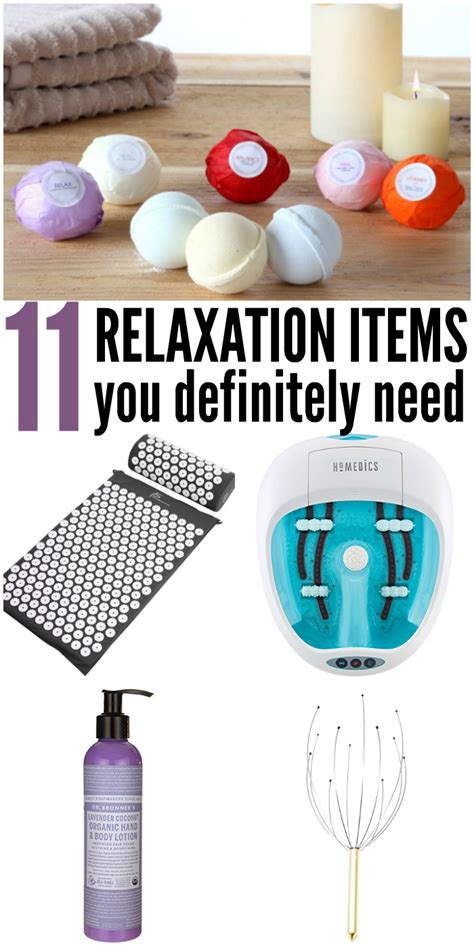In today’s fast-paced world, it’s easy to feel overwhelmed and stressed. But there are simple ways to help calm down and relax, including eating calming treats.

Calming treats are foods that contain ingredients that have been shown to promote relaxation, such as chamomile, lavender, and valerian root. These ingredients can help to reduce anxiety, improve sleep, and promote overall well-being.
Here are 10 calming treats that you can enjoy to help you relax and de-stress:
-
Chamomile tea: Chamomile is a herb that has been used for centuries to promote relaxation and sleep. It contains compounds that have been shown to bind to benzodiazepine receptors in the brain, which are the same receptors that are targeted by anti-anxiety medications. A study published in the journal Phytotherapy Research found that chamomile tea was effective in reducing anxiety and improving sleep quality in people with generalized anxiety disorder.
-
Lavender tea: Lavender is another herb that has been shown to have calming effects. It contains compounds that have been shown to bind to GABA receptors in the brain, which are the same receptors that are targeted by sedative medications. A study published in the journal Neuropsychopharmacology found that lavender tea was effective in reducing anxiety and improving sleep quality in people with insomnia.
-
Valerian root tea: Valerian root is a herb that has been used for centuries to promote relaxation and sleep. It contains compounds that have been shown to increase the levels of GABA in the brain, which is a neurotransmitter that promotes relaxation. A study published in the journal Sleep found that valerian root tea was effective in reducing anxiety and improving sleep quality in people with insomnia.
-
Magnesium-rich foods: Magnesium is a mineral that is essential for many bodily functions, including muscle relaxation and nerve function. A study published in the journal Nutrients found that magnesium supplementation was effective in reducing anxiety and improving sleep quality in people with anxiety disorders. Good sources of magnesium include almonds, avocado, bananas, black beans, and dark chocolate.
-
Omega-3 fatty acid-rich foods: Omega-3 fatty acids are essential fatty acids that are important for brain health. They have been shown to have anti-inflammatory and calming effects. A study published in the journal JAMA Psychiatry found that omega-3 fatty acid supplementation was effective in reducing anxiety and depression symptoms. Good sources of omega-3 fatty acids include fish, flaxseed, chia seeds, and walnuts.
-
Dark chocolate: Dark chocolate contains compounds that have been shown to have calming effects. It contains theobromine, which is a stimulant that has similar effects to caffeine, but without the jitters. It also contains antioxidants that have been shown to protect the brain from damage. A study published in the journal Appetite found that dark chocolate was effective in reducing anxiety and improving mood in people with anxiety disorders.
-
Yogurt: Yogurt contains probiotics, which are live bacteria that have health benefits. Probiotics have been shown to improve gut health, which can have a positive impact on mental health. A study published in the journal Frontiers in Psychology found that yogurt consumption was effective in reducing anxiety and improving mood in people with anxiety disorders.
-
Bananas: Bananas are a good source of potassium, which is a mineral that is essential for muscle function and nerve transmission. Potassium has been shown to have calming effects. A study published in the journal Nutrition Research found that banana consumption was effective in reducing anxiety and improving mood in people with anxiety disorders.
-
Green tea: Green tea contains compounds that have been shown to have calming effects. It contains theanine, which is an amino acid that has been shown to promote relaxation and focus. A study published in the journal Psychopharmacology found that green tea consumption was effective in reducing anxiety and improving cognitive function in people with anxiety disorders.
-
Herbal teas: There are a variety of herbal teas that have been shown to have calming effects, including chamomile tea, lavender tea, and valerian root tea. These teas contain compounds that have been shown to bind to GABA receptors in the brain, which are the same receptors that are targeted by sedative medications. Herbal teas can be a great way to relax and de-stress at the end of the day.
How Calming Treats Can Help You
Calming treats can help you to relax and de-stress in a number of ways. They can:
- Reduce anxiety
- Improve sleep
- Promote overall well-being
Calming treats can be a helpful addition to your stress management toolkit. They can help you to feel calmer and more relaxed, which can lead to a number of benefits, including improved sleep, better mood, and increased productivity.
Tips for Enjoying Calming Treats
Here are a few tips for enjoying calming treats:
- Choose treats that contain ingredients that have been shown to have calming effects, such as chamomile, lavender, and valerian root.
- Start by eating small amounts of calming treats and gradually increase the amount as needed.
- Enjoy calming treats in a relaxing setting, such as at home in a warm bath or in a quiet spot in nature.
- Be patient and consistent with your use of calming treats. It may take some time to see the full benefits.
Calming Treats for Every Occasion
There are a variety of calming treats that you can enjoy, depending on your personal preferences. Here are a few ideas:
- For a relaxing evening at home: Enjoy a cup of chamomile tea or lavender tea.
- For a good night’s sleep: Take a warm bath with a few drops of lavender essential oil.
- For a midday pick-me-up: Eat a banana or a handful of almonds.
- For a healthy snack: Enjoy a piece of dark chocolate or a cup of yogurt.
- For a special treat: Treat yourself to a massage with lavender or chamomile essential oil.
Calming treats can be a helpful way to reduce stress and improve your overall well-being. By incorporating calming treats into your daily routine, you can enjoy a more relaxed and peaceful life.
2025: The Year of Calming Treats
In 2025, calming treats are expected to be more popular than ever before. As people become more aware of the importance of mental health, they are looking for ways to reduce stress and improve their overall well-being. Calming treats are a simple and effective way to do just that.
Here are a few trends that we expect to see in the calming treats market in 2025:
- More variety of calming treats: There will be a wider variety of calming treats available, including new flavors and formats.
- More research on calming treats: There will be more research on the benefits of calming treats, which will help to further establish their credibility.
- More calming treats in public places: Calming treats will be more widely available in public places, such as offices, schools, and airports.
Benefits of Calming Treats
Calming treats offer a number of benefits, including:
- Reduced anxiety: Calming treats can help to reduce anxiety levels by increasing the levels of GABA in the brain. GABA is a neurotransmitter that promotes relaxation.
- Improved sleep: Calming treats can help to improve sleep quality by reducing anxiety and promoting relaxation.
- Enhanced mood: Calming treats can help to enhance mood by increasing the levels of serotonin in the brain. Serotonin is a neurotransmitter that is associated with happiness and well-being.
- Reduced stress: Calming treats can help to reduce stress levels by providing a sense of relaxation and calm.
- Improved cognitive function: Calming treats can help to improve cognitive function by reducing anxiety and promoting relaxation. This can lead to improved focus, concentration, and memory.
How Calming Treats Work
Calming treats work by increasing the levels of certain neurotransmitters in the brain, such as GABA and serotonin. These neurotransmitters promote relaxation, calmness, and well-being.
Calming treats can also work by reducing the levels of stress hormones, such as cortisol. Cortisol is a hormone that is released in response to stress. High levels of cortisol can lead to anxiety, depression, and other health problems.
By reducing the levels of stress hormones and increasing the levels of calming neurotransmitters, calming treats can help to promote relaxation, reduce anxiety, and improve overall well-being.
Tips for Choosing Calming Treats
When choosing calming treats, it is important to look for products that contain ingredients that have been shown to have calming effects. Some of the most common calming ingredients include:
- Chamomile: Chamomile is a herb that has been used for centuries to promote relaxation and sleep. It contains compounds that have been shown to bind to benzodiazepine receptors in the brain, which are the same receptors that are targeted by anti-anxiety medications.
- Lavender: Lavender is another herb that has been shown to have calming effects. It contains compounds that have been shown to bind to GABA receptors in the brain, which are the same receptors that are targeted by sedative medications.
- Valerian root: Valerian root is a herb that has been used for centuries to promote relaxation and sleep. It contains compounds that have been shown to increase the levels of GABA in the brain, which is a neurotransmitter that promotes relaxation.
- Magnesium: Magnesium is a mineral that is essential for many bodily functions, including muscle relaxation and nerve function. A study published in the journal Nutrients found that magnesium supplementation was effective in reducing anxiety and improving sleep quality in people with anxiety disorders.
- Omega-3 fatty acids: Omega-3 fatty acids are essential fatty acids that are important for brain health. They have been shown to have anti-inflammatory and calming effects. A study





















